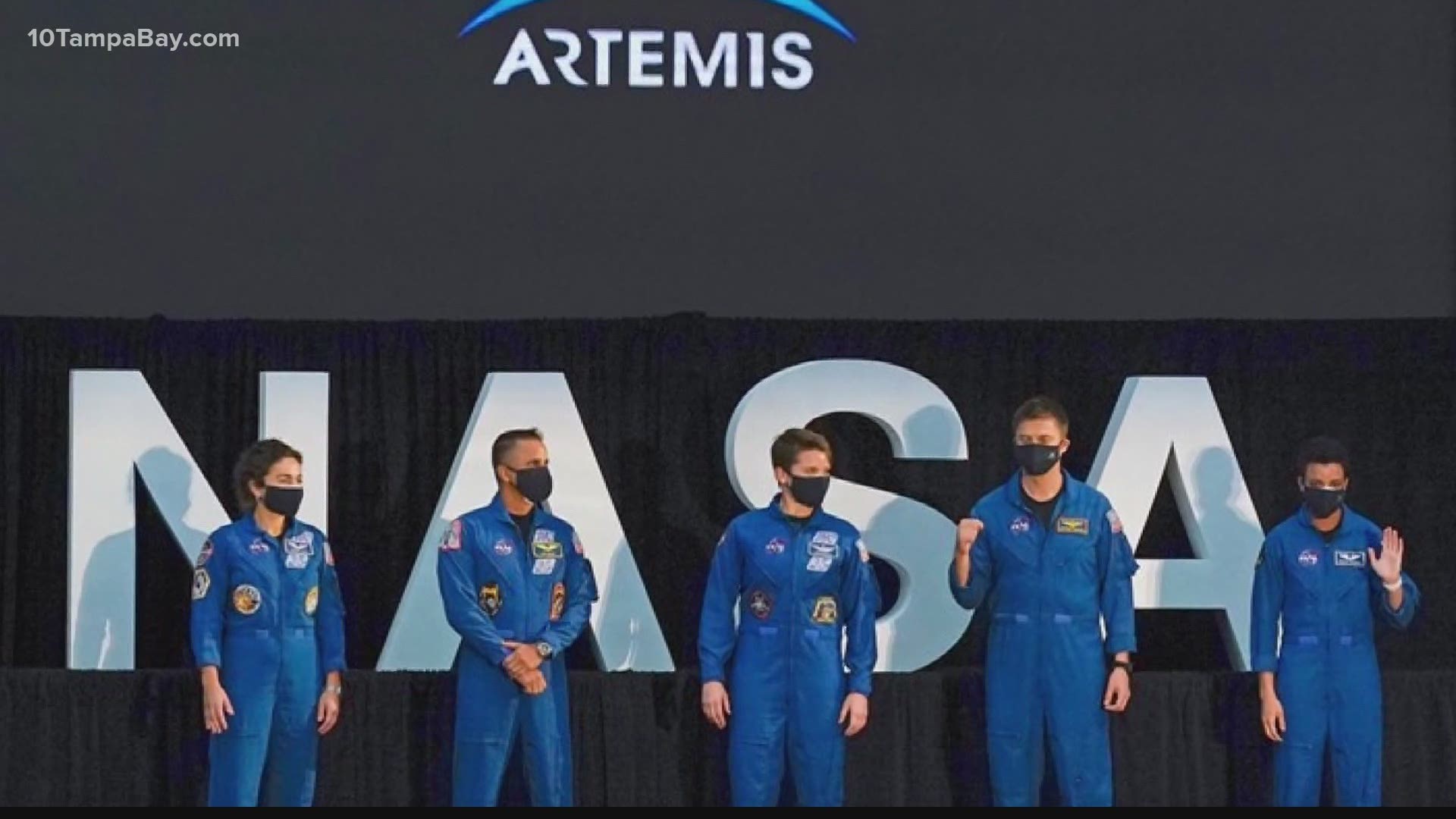WASHINGTON, D.C., USA — NASA's 2023 Artemis Moon rover officially has a landing site for its upcoming mission to "map" a part of the lunar surface not yet explored.
The Volatiles Investigating Polar Exploration Rover, aka VIPER, will land near the western edge of the Nobile Crater at the Moon's south pole. It's a region deemed to be one of the coldest in our solar system.
VIPER will ultimately be traveling into the unknown during its 100-day journey as it traverses 10 to 15 miles of terrain thus far, only studied through remote sensing instruments.
According to NASA, the location was chosen due to its "rover-accessible terrain and array of nearby sites of scientific interest, including permanently shadowed areas."
“Once on the lunar surface, VIPER will provide ground truth measurements for the presence of water and other resources at the Moon’s South Pole, and the areas surrounding Nobile Crater showed the most promise in this scientific pursuit” Thomas Zurbuchen, associate administrator for science at NASA Headquarters said.
The rover's current planned trajectory will allow it to visit at least six sites of scientific interest to address how resources like frozen water arrived on the Moon, to begin with.
At each location, NASA says the rover will collect samples from at least three drill locations. The samples will later be analyzed in the hopes of creating a global resource map of the Moon.
RELATED: NASA's next Moon landing could see delays after Blue Origin files complaint in federal court
“The data VIPER returns will provide lunar scientists around the world with further insight into our Moon’s cosmic origin, evolution, and history, and it will also help inform future Artemis missions to the Moon and beyond by enabling us to better understand the lunar environment in these previously unexplored areas hundreds of thousands of miles away," Zurbuchen said.
NASA is pushing to land the first woman and the next man on the surface of the Moon by 2024 as part of its Artemis program.
The Artemis program is inspired by NASA's Apollo program and how it proved it was possible to land humans on the Moon and return them to Earth safely. In Greek mythology, Artemis is the twin sister of Apollo.

